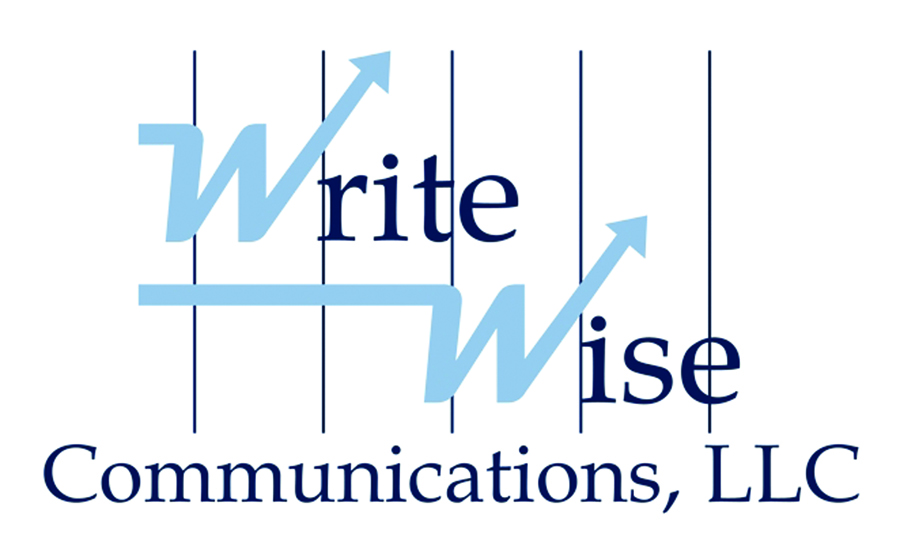

For a more comprehensive description of our courses, download the Write Wise Instructional Design and Course Guide.
Compelling Online Meeting Design
1) Prepare, 2) Practice, 3) Present – Sounds easy, just three simple steps to get the message across, right? Many of us endure boring, unfocused meetings and presentations. This session shares techniques to energize and engage audiences. You will learn practical tips to create compelling messages, interesting content and captivating virtual meetings.
Getting to the Point
Writers sometimes want to include all the details to avoid missing something. However, writing isn’t about including everything, it’s a precision message. This course explains how to stay focused and clarify the main idea.
Job-Search Documents
Resumes, LinkedIn Profiles, Cover Letters, and others are the marketing collateral for job search. Effective marketing is consistent, correct and cohesive. This course shares practical strategies for ensuring your written job search materials make the best first impression.
Leading the Reader to Action
Compelling writing motivates the reader to act. This course shares strategies to strengthen the message and push the reader into action.
Organizing Ideas
There are many ways to organize information. This course shares strategies to logically and systematically communicate ideas.
Revealing Unconscious Language Bias to Improve Communication
Communication seems simple. A sender codes the message. The receiver decodes the message. What if the receiver doesn’t know the code? As the “public” becomes more diverse by generation, race, and gender in this rapidly changing global communication space, being understood is challenging. If people don’t understand, they are immediately excluded from the message. This session shares examples of unconscious language bias and provides practical alternatives to improve communication and promote audience engagement.
Writing Effective Performance Documentation, Enhanced by AI
This course shares how to communicate clearer expectations, justify promotions, and create cleaner terminations. Some added benefits include establishing your own performance and advocating for departmental needs with ease. The course combines practical writing strategies with AI enhancements to create useful descriptions supported by evidence.
Grammar-Related Microlearning Courses:
• Active/Passive Voice
• Apostrophes
• Commas
• Fragments and Run-ons
• Miscellaneous Punctuation
• Multi-meaning Words
• Prepositions
• Writing Numbers Correctly
